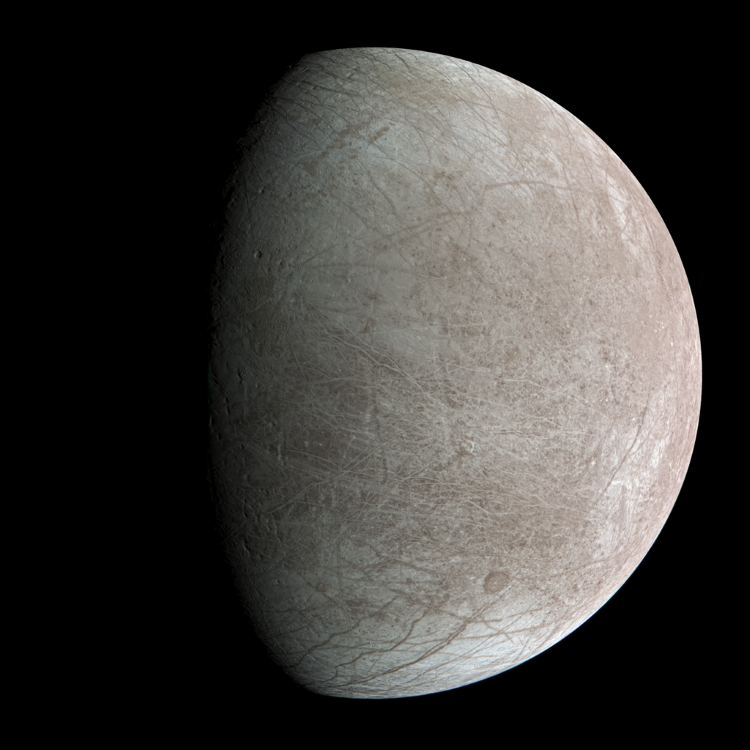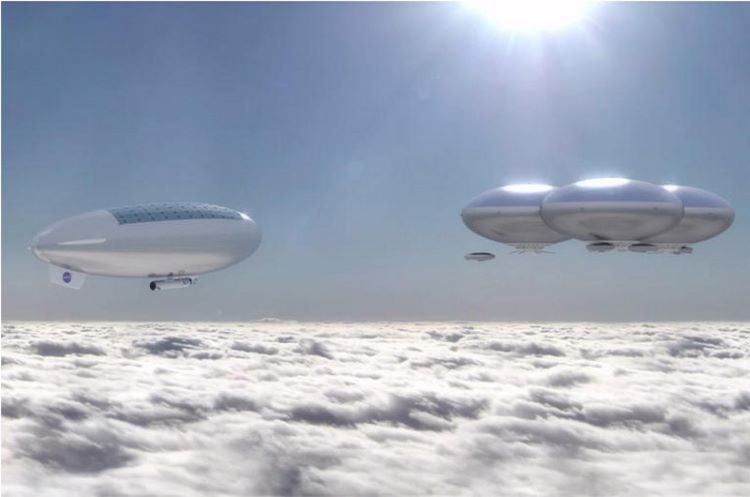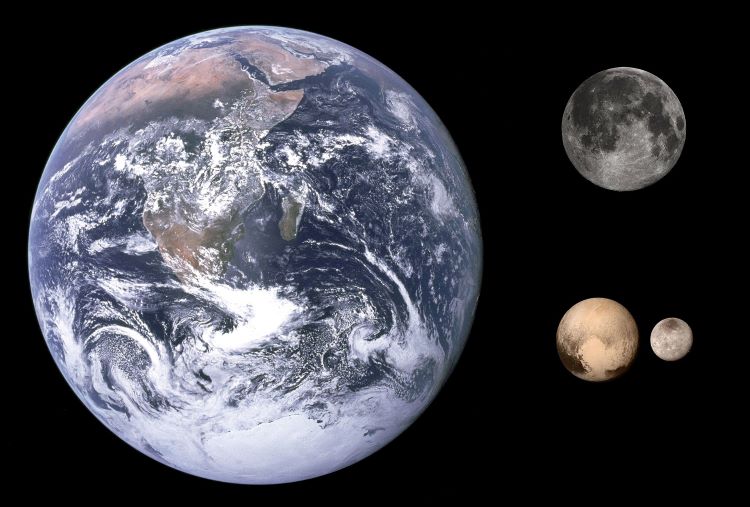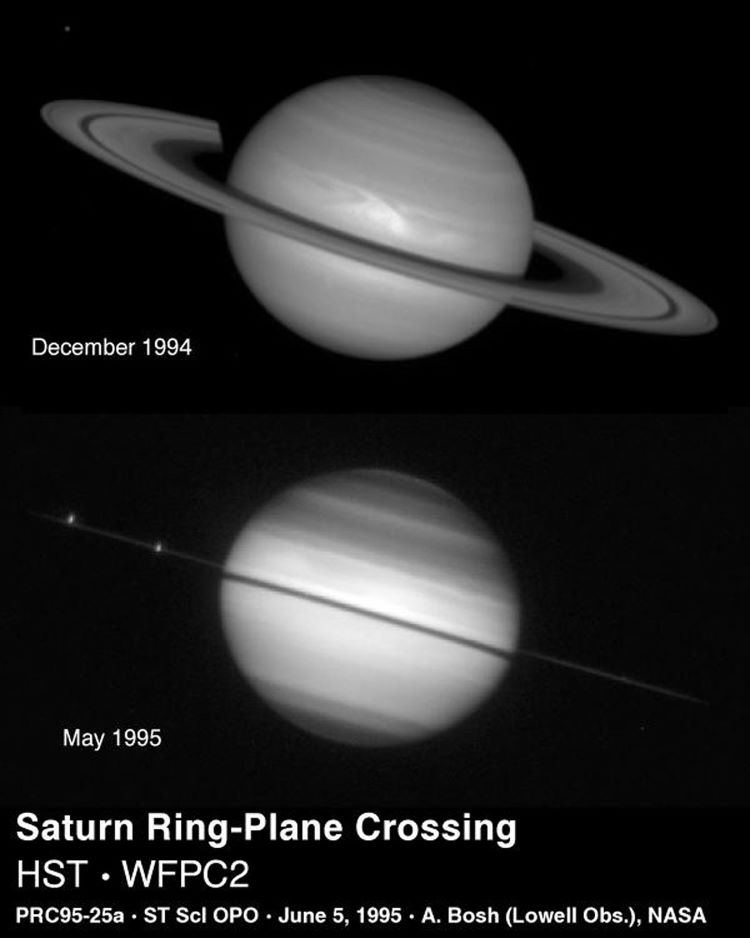Planet Earth is full of some truly awe-inspiring spectacles, but few are as intriguing as a sprite, which are officially known as a Transient Luminous Event (TLE) and consist of large-scale electric discharges that shoot upwards while occurring above the cloud tops in the Earth’s mesosphere at approximate altitudes of 50-90 km (31-56 mi). In October 2023, European Space Agency (ESA) astronaut, Dr. Andreas Mogensen, who is currently onboard the International Space Station (ISS) as Commander of the Expedition 70 mission, took an incredible image of a red sprite with the Davis camera as part of the Thor-Davis experiment and his Huginn mission.
Continue reading “Red Sprites are Best Seen from Space”Red Sprites are Best Seen from Space










